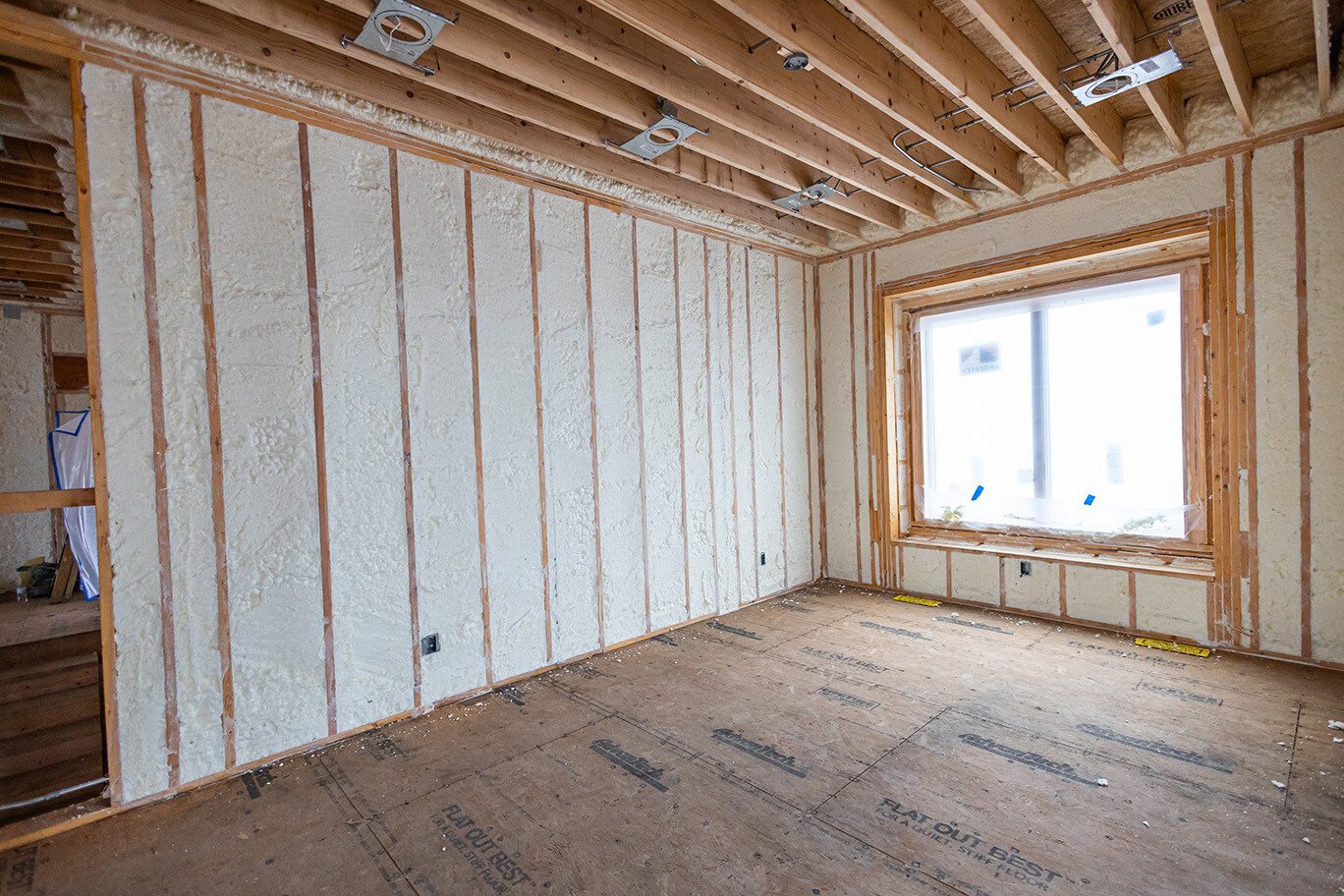Search for topics or resources
Enter your search below and hit enter or click the search icon.

If you're considering ways to insulate your home or building, you've probably come across the term "spray foam insulation." Within this category, there are two main types: open cell and closed cell spray foam. In this article, we’ll explain what open cell spray foam is, how it works, and why it might be a great option for your insulation needs.
Open cell spray foam is a type of insulation made from a combination of chemicals that expand when sprayed into walls, ceilings, or other spaces. Once it’s applied, the foam expands quickly to fill the area, creating an effective barrier against air leaks.
The “open cell” part of the name refers to the structure of the foam itself. Open cell foam has tiny cells (or bubbles) that aren’t completely closed. These open spaces in the foam make it softer, more flexible, and less dense than its counterpart, closed cell foam.
When open cell spray foam is applied, it starts as a liquid that quickly expands, filling every crack, gap, and crevice in the space. This expansion makes it an excellent choice for hard-to-reach areas where traditional insulation might not work as well. After expanding, the foam hardens, creating a solid layer of insulation that provides an air barrier.
The main job of open cell spray foam is to provide insulation, but it also reduces air leakage. Since it creates a strong seal, it prevents drafts and air from moving in and out of your home. This is important because air leaks can make your heating and cooling systems work harder, leading to higher energy bills.
And for applications where air sealing and soundproofing are the main goals, open cell spray foam does a fantastic job.
There are several reasons why homeowners and contractors choose open cell spray foam over other types of insulation:
Open cell spray foam excels at sealing gaps and cracks, which helps to significantly reduce air leakage. This is a big advantage in older homes or buildings where drafts can be a major problem.
By creating a tight seal, open cell spray foam improves your home’s energy efficiency. It reduces the strain on your heating and cooling systems, which can lower your energy bills.
Because of its softer structure, open cell foam also acts as an excellent sound barrier. It helps absorb noise, making it ideal for interior walls, floors, or ceilings where you want to reduce sound transmission.
Compared to closed cell spray foam, open cell foam is less expensive when installed at similar R-values. It is less dense and expands more, which reduces the cost per R compared to closed cell foam.
Most open cell spray foams are made with water as a blowing agent, making them more environmentally friendly than some other types of insulation.
Open cell spray foam is commonly used in a variety of areas in homes and buildings, including:
Open cell foam is essentially limited to interior applications only and should not be used in high moisture environments or in areas designed for bulk water contact.
If you're looking for an affordable and efficient way to improve your home's insulation, open cell spray foam is a great option. It’s perfect for filling gaps, reducing air leakage, improving energy efficiency, and soundproofing your living spaces. While it may not be ideal for areas with high moisture, it’s an excellent choice for most residential applications like walls, attics, ceilings, and rooflines.
Still unsure if open cell spray foam is the best choice for your project? Ask our team of experts for help! We can assess your home’s needs and recommend the best insulation solutions to keep your home comfortable and energy efficient.